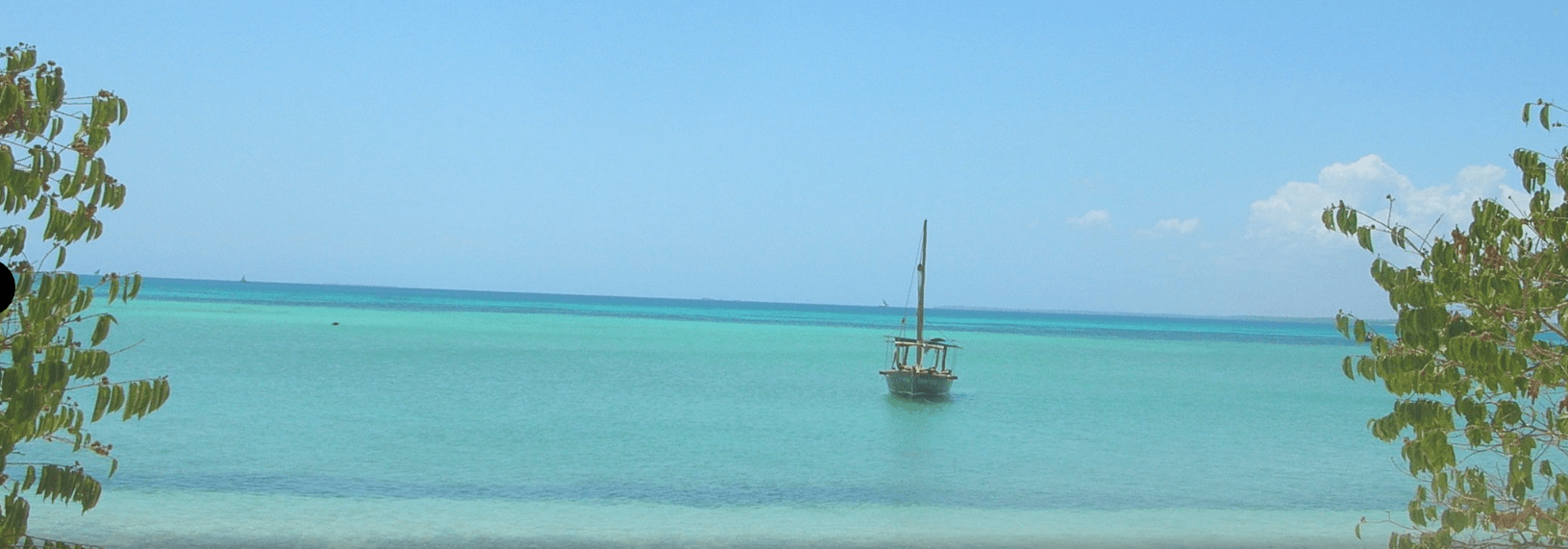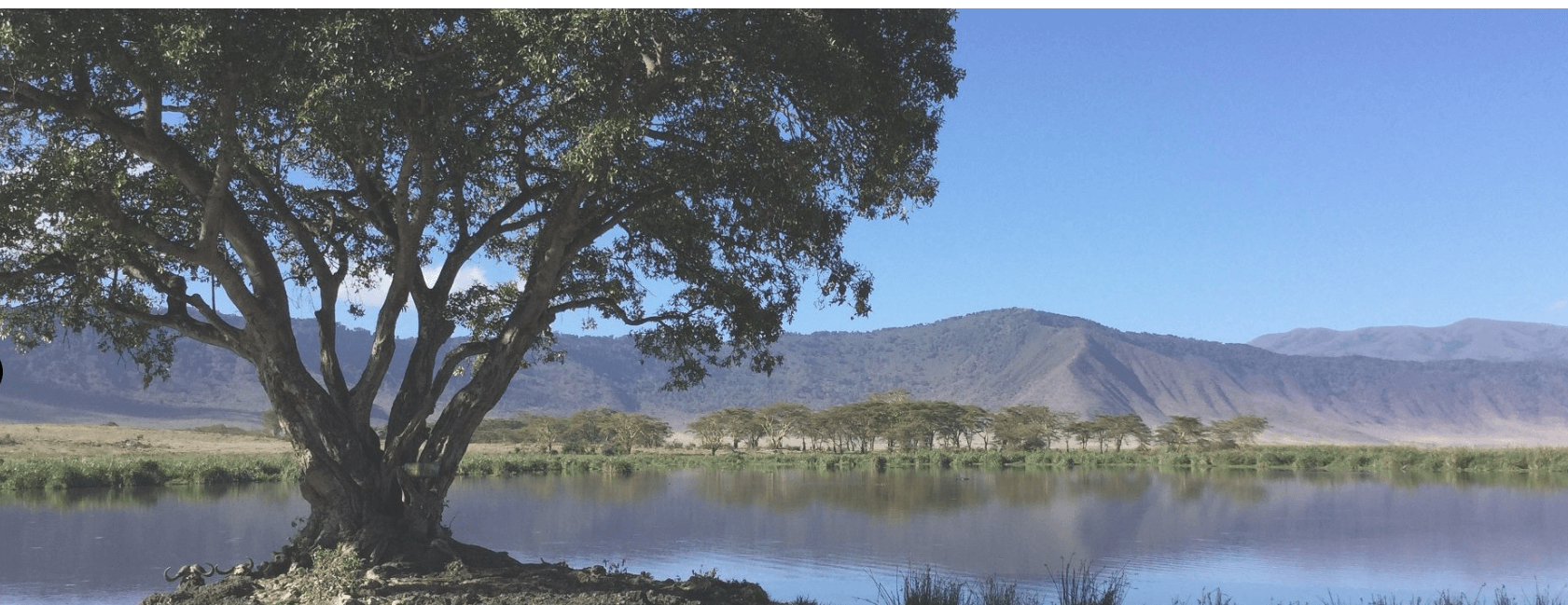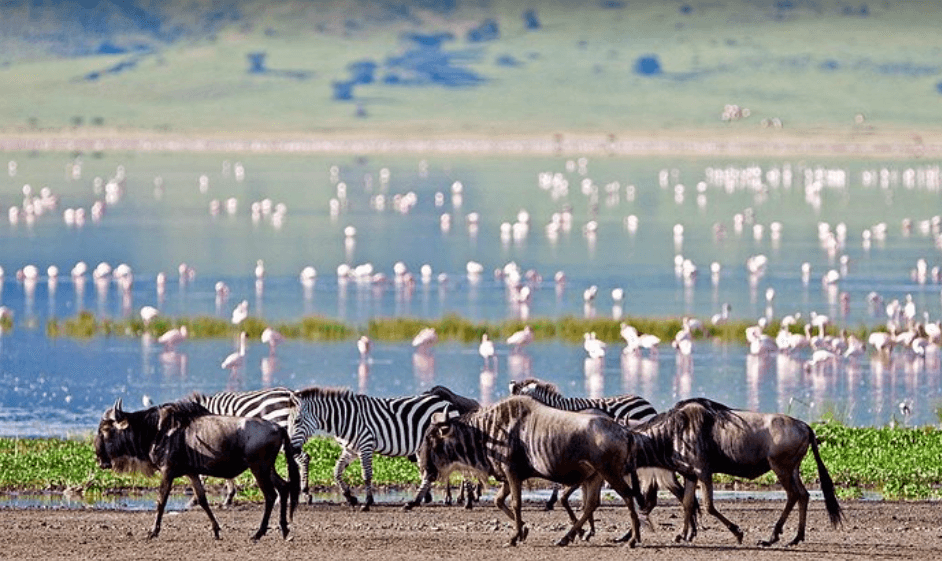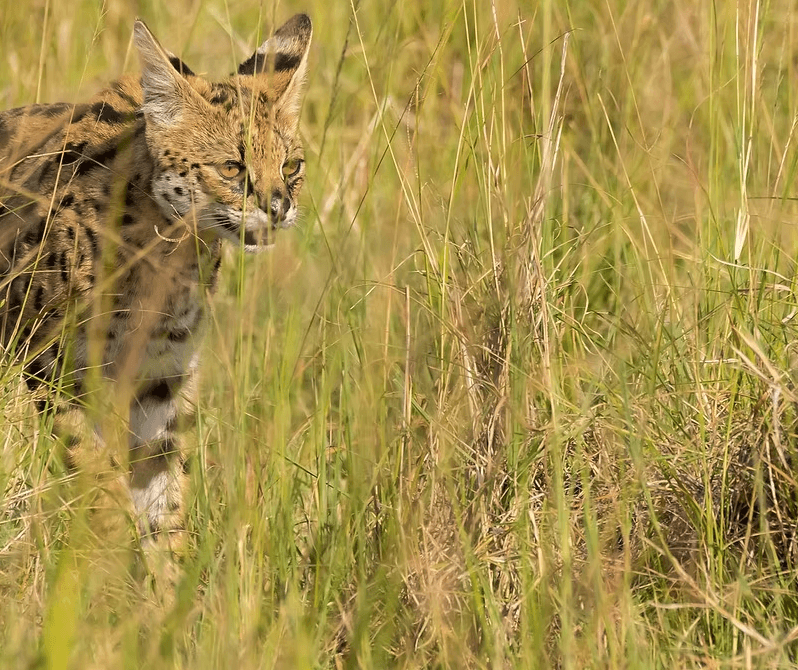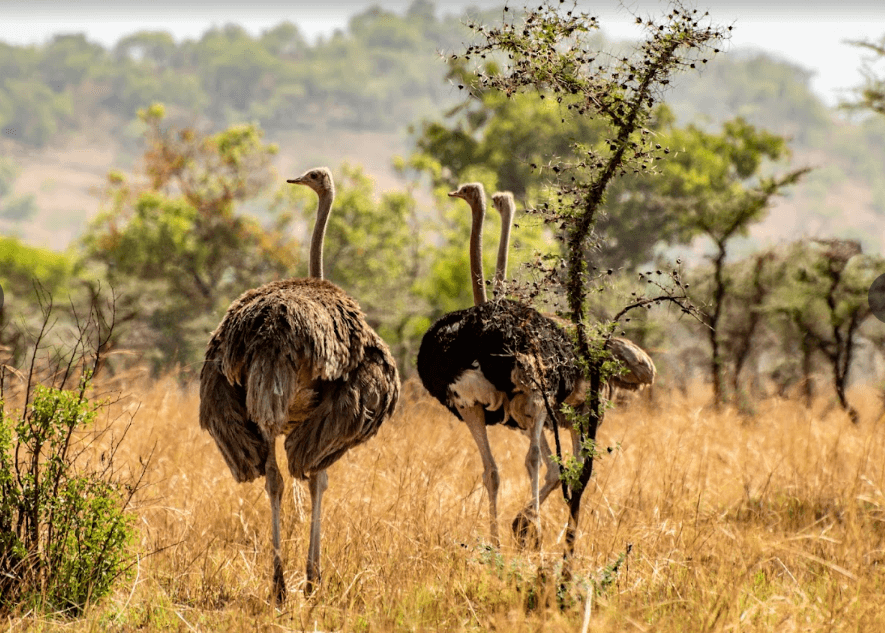Kahuzi-Biega National Park
Kahuzi-Biega National Park: A Complete Travel Guide to Congo’s Wildlife Haven
Tucked away in the eastern part of the Democratic Republic of Congo (DRC), Kahuzi-Biega National Park is one of Africa’s most pristine and biologically diverse rainforests. It is a UNESCO World Heritage Site and is best known for being home to the eastern lowland gorillas, the largest gorilla species in the world.
Named after two extinct volcanoes—Mount Kahuzi and Mount Biega—this vast park offers a rare blend of mountain terrain, dense tropical forest, and unique wildlife. Despite its low profile compared to East Africa’s mainstream safari parks, Kahuzi-Biega offers an unmatched, off-the-beaten-path experience for eco-travelers, photographers, hikers, and conservation enthusiasts.
The Origins and Name
Established in 1970 and expanded in 1975, the park covers approximately 6,000 square kilometers, making it one of the largest national parks in Congo. It was originally created to protect the eastern lowland gorillas, and it remains one of the last strongholds of this endangered species.
The name “Kahuzi-Biega” is derived from the two volcanic mountains in the region:
-
Mount Kahuzi (3,308 meters)
-
Mount Biega (2,790 meters)
Both peaks dominate the landscape and offer dramatic scenery for visitors.
Biodiversity and Ecosystems
Kahuzi-Biega is one of the most biologically rich areas in the Albertine Rift Valley. It is home to:
-
Eastern Lowland Gorillas (Gorilla beringei graueri)
-
Over 136 mammal species
-
Around 350 bird species
-
Rare plants and orchids
-
Unique insects and reptiles
The park transitions from lowland tropical forest to high-altitude montane forest, making it a haven for researchers and biologists worldwide.
UNESCO World Heritage Status
Kahuzi-Biega was designated a UNESCO World Heritage Site in 1980 due to its exceptional biodiversity and ecological importance. However, ongoing threats such as deforestation, poaching, and civil unrest have placed it on the UNESCO List of World Heritage in Danger.
Thanks to collaborative efforts between conservation groups and local communities, the park continues to bounce back and welcomes responsible tourism.
How to Get to Kahuzi-Biega National Park
Step 1: Travel to Bukavu
Bukavu, the capital of South Kivu Province, is the nearest city and the main gateway to the park. There are several ways to reach Bukavu:
1: By Air
-
Fly into Kavumu Airport (BKY), located about 30 km from Bukavu.
-
Domestic flights are available from Kinshasa, Goma, and other major Congolese cities.
2: By Road
-
If you’re coming from Rwanda, cross the border at Cyangugu-Rusizi, which is only a few minutes from Bukavu.
-
Travel from Goma to Bukavu via road or boat for a scenic route along Lake Kivu.
3: By Boat
-
A ferry service is available between Goma and Bukavu, offering a 6–7-hour scenic ride on Lake Kivu.
Step 2: Travel from Bukavu to Kahuzi-Biega
-
Distance: Approximately 40–50 km from Bukavu to the Tshivanga visitor center
-
Travel Time: Around 1.5 to 2 hours by 4×4 vehicle
-
Roads: Mostly gravel and dirt roads, especially in the rainy season
-
Tip: Hire a licensed guide or tour operator for smoother access
Top Attractions and Activities in Kahuzi-Biega National Park
Whether you’re a wildlife enthusiast, trekker, or cultural explorer, Kahuzi-Biega offers something for everyone.
1. Gorilla Trekking: The Crown Jewel of the Park
This is the main attraction for visitors. Kahuzi-Biega is one of the few places in the world where you can see eastern lowland gorillas in their natural habitat.
What to Expect:
-
Gorilla trekking permits must be obtained in advance.
-
Treks usually begin early morning from the Tshivanga Visitor Center.
-
The trek can last 1 to 4 hours depending on gorilla location.
-
Visitors are allowed one hour to observe the gorillas up close.
Unlike their mountain gorilla cousins, eastern lowland gorillas are larger and more peaceful. Observing them in the wild is a humbling, unforgettable experience.
2. Hiking and Nature Walks
The park’s terrain includes high-altitude forests and ancient volcanic peaks, perfect for hikers.
Recommended Hikes:
-
Mount Kahuzi Hike (3,308m): Full-day trek; moderate to challenging
-
Mount Biega Hike (2,790m): Less strenuous but equally scenic
-
Marais Musisi Trail: A moderate trail offering views of wetlands and birdlife
Hiking in Kahuzi-Biega allows you to see a wide range of vegetation zones, from bamboo forest to afro-montane flora.
3. Birdwatching
The park is a bird lover’s paradise with over 349 bird species, including Albertine Rift endemics.
Common sightings include:
-
Grauer’s swamp warbler
-
Yellow-crested helmet-shrike
-
African green broadbill
-
Blue-headed sunbird
Bring your binoculars and enjoy quiet mornings surrounded by songbirds and misty canopies.
4. Wildlife Photography and Filmmaking
With dramatic landscapes and rare wildlife, the park offers incredible opportunities for photography and documentary filming. From gorilla families to volcanic slopes and rivers, you’ll capture raw and majestic scenes.
5. Lwiro Primate Rehabilitation Center
Located near the park, Lwiro Center is a sanctuary for orphaned chimpanzees, monkeys, and other primates rescued from poaching and illegal trade.
It’s an eye-opening educational stop for understanding the challenges of conservation in Congo.
6. Cultural Tours with Local Communities
Nearby villages inhabited by Bashi, Lega, and Shi ethnic groups offer authentic cultural experiences. Enjoy:
-
Traditional dances
-
Handicraft workshops
-
Storytelling sessions
-
Coffee and banana beer tasting
These activities not only enrich your visit but support the livelihoods of local communities.
Where to Stay Near Kahuzi-Biega National Park
While the park itself doesn’t have luxury lodges inside, you’ll find a range of accommodations in Bukavu and near the park entrance.
Top Recommended Lodges and Hotels
1. Orchid Safari Club (Bukavu)
-
Elegant lakeside hotel
-
Excellent dining, gardens, and sunset views over Lake Kivu
-
Offers guided tours to the park
2. Hotel Begonias Bukavu
-
Mid-range hotel in the city center
-
Comfortable rooms and modern amenities
3. Mount Kahuzi Hotel
-
Located closer to the park entrance
-
Ideal for nature lovers looking to stay in a more remote, serene location
4. Lwiro Guesthouse
-
Simple and budget-friendly
-
Great for travelers visiting the primate sanctuary and park
Best Time to Visit Kahuzi-Biega National Park
Dry Season (Best Time)
-
June to September
-
December to February
-
Ideal for trekking and hiking
-
Trails are more accessible and visibility is higher
Wet Season
-
March to May
-
October to November
-
The forest is lush and gorillas are easier to find, but trails can be muddy and challenging
Tip: Always check with local tour operators about current road conditions, as they can change quickly with weather patterns.
FAQ: Frequently Asked Questions About Kahuzi-Biega National Park
Do I need a permit to visit the park?
Yes. Permits are required for park entry and gorilla trekking. Book through the official park office or certified tour operators.
How much does gorilla trekking cost?
Permit costs can vary but generally range from $400 to $500 USD per person. This includes guide services and conservation fees.
Can I take photos of the gorillas?
Yes, photography is allowed. However, no flash photography is permitted, and visitors must maintain a 7-meter distance from the gorillas.
Is it safe to visit Kahuzi-Biega?
Yes, the highland section near Bukavu is stable and safe for tourists. Always travel with a licensed guide and check with local authorities for current updates.
What should I pack?
-
Waterproof hiking boots
-
Lightweight long-sleeve clothing
-
Rain jacket
-
Insect repellent
-
Reusable water bottle
-
Binoculars and camera
-
Passport and permits
Are there restrictions?
-
Children under 15 are not allowed on gorilla treks.
-
Smoking and eating near gorillas are prohibited.
-
Avoid visiting if you are sick, to prevent transmitting diseases to the primates.
Final Thoughts: Why Kahuzi-Biega Is a Must-Visit Destination
Kahuzi-Biega National Park is more than a wildlife destination—it’s a journey into one of Africa’s last great wildernesses. From thrilling gorilla encounters to volcano treks and vibrant local culture, the park offers an immersive and rewarding travel experience.
Unlike more commercial parks, Kahuzi-Biega remains wild, raw, and authentic. It is ideal for responsible travelers seeking connection with nature and a deeper understanding of conservation.
If you’re ready to venture into a world of untouched forests, rare gorillas, and serene landscapes—Kahuzi-Biega National Park is calling.

